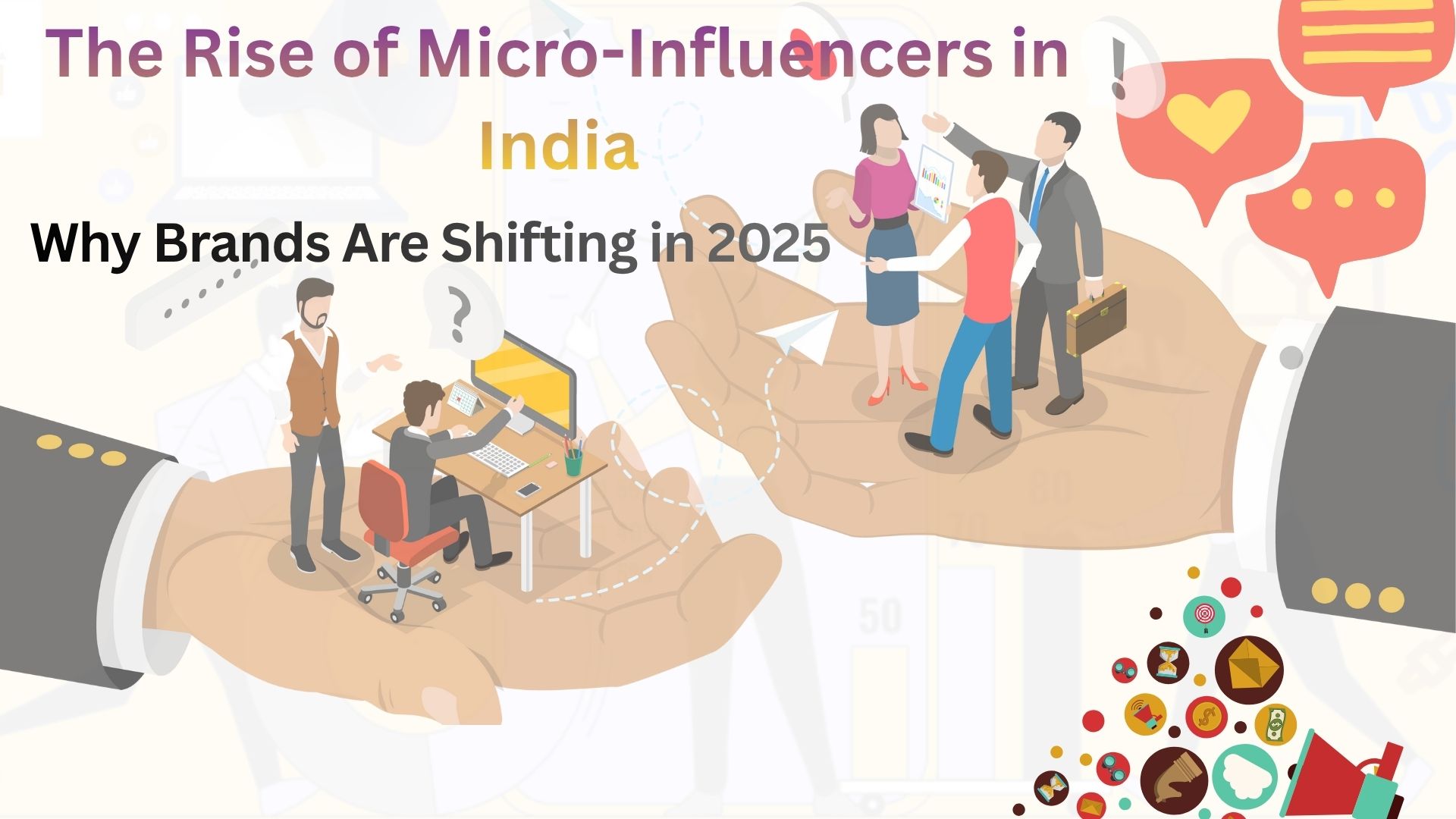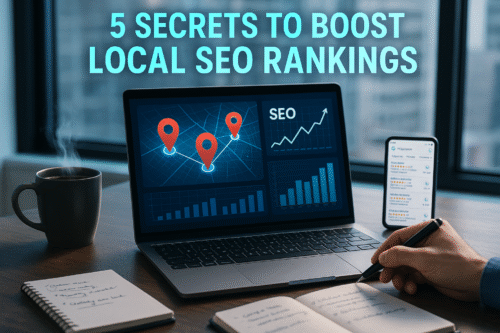Influencer marketing in India has really taken off. It’s not just about celebrities anymore; now, there’s a huge community of creators everywhere. Recently, brands have started teaming up more with micro-influencers. creators who have between 5,000 and 100,000 followers. instead of just focusing on the big stars. It makes sense because micro-influencers feel real, get people involved, are cheaper, and reach the right people. Those things are really important this year.
What changed between “influencer” and “influence”?
At first, success was all about how many followers someone had and how famous they were. Now, companies are paying attention to what really matters. They care about if the content is good, if the audience trusts the creator, if people are buying because of them, and if the creator is a good match for the brand in the long run. Recent reports show that the market is getting bigger. The Indian market was at ₹3,600 crore in 2024 and is expected to grow about 25% next year. More money is going to the creators who can actually make niche audiences take action. This means that the smaller creators are getting more involved.
Micro-influencers can give you a better ROI
- Higher engagement rates.
- Micro-influencers (with follower counts between 10,000 and 100,000) usually have much better engagement rates (likes, comments, shares) than mega-influencers.
- For instance, in India, micro- and nano-influencers often get around 2.5% engagement, while mega-influencers get about 1%.
- Also, one source says that on Instagram, micro-influencers (around 10,000–100,000 followers) average about 3.86% engagement, while macro-influencers get around 1.21%.
- More authenticity & trust.
- Micro-influencers usually focus on a specific area, have a better relationship with their followers, and are seen as reliable people instead of famous celebrities.
- This trust usually means that their recommendations lead to more sales because followers will do what they suggest.
- Better cost-effectiveness for your budget.
- Since each micro-influencer costs less, you can usually work with many of them (covering different interests or locations) for the same cost as one famous person. This lets you better target different groups and spread out your risk.
- For example, a brand might get 5 to 10 times the return on their investment (or more) from micro-influencer campaigns if they are done well.
- Effective for niche or local campaigns.
- If your business serves a specific location (like a restaurant in Patna, Bihar), it makes sense to use micro-influencers who are from that area. Their followers are more likely to be in your target area. Being specific helps reduce wasted reach to people who aren’t relevant.
- Many sources talk about this change in India: micro/nano influencers are very useful for campaigns that target specific regions.
Why brands are turning to micro-influencers:
1. Authenticity that converts
Micro-influencers usually focus on what they do, things such as hobbies, local restaurants, local fashion, family, or local traveling. Their advice feels real, like it’s coming from a friend, not like an ad. People are tired of those picture-perfect celebrity ads, so they place more faith in these influencers. Because of this trust, people pay attention to them, click on links, visit stores, and even purchase things. Studies in India show that being authentic and creating great content are the top reasons brands are picking influencers in 2024 and 2025.
2. Better Results for the Money
Micro-influencers tend to have better engagement (likes, comments, messages, saves) than famous people because their fans are more focused and involved. Many brands, especially those selling directly to consumers, those that are regional, and those focused on a specific product, get more for their money by working with many micro-influencers instead of one celebrity. Running campaigns with many smaller creators helps reach more people while saving money. Data from India show that brands get better engagement when they focus on smaller creators.
3. Local and Relevant
India is different everywhere you go. Local languages, festivals, and trends in each city are important. Micro-influencers who create content in languages like Gujarati, Tamil, Marathi, and Bengali, and who get local culture, can make messages that really connect with their fans. Brands trying to reach smaller cities are using these creators more and more to get people interested and loyal, because national campaigns with celebrities don’t always work there. Reports on creator growth show that many creators are coming from smaller towns and that regional creators are great for reaching specific groups.
4. Safer Partnerships and Growth
Famous influencers can sometimes cause PR problems and cost a lot. Micro-influencers are usually more willing to work together for a long time and be paid based on how well they do. Brands can test things out with many smaller creators, see who does best, and then work more with those people. Agencies and platforms are also getting better at checking people out, measuring results, and making things easier so brands can handle many partnerships with smaller creators at once. This turns micro-influencer programs into reliable ways to grow. The industry is changing to support this shift.
Platforms and Formats Leading the Way
Short videos are the best way to get noticed, and platforms that like simple content, like Reels, YouTube Shorts, and Indian short-video apps, help micro-creators tell their stories. Instagram is still where most of the money is spent on influencers in India, but YouTube’s longer videos and short videos on different platforms are creating chances for specific creators to do well. Basically, wherever the audience is, small creators are already there.
How brands should think about working with micro-influencers
- Define clear objectives: Are you trying to get your name out there, drive people to your site, get leads, or make sales? Make sure your goals line up with the type of creators you pick and the content they produce.
- Prioritize relevance and past performance: Don’t just look at follower counts. See how good their engagement is, who their audience is, and how well they’ve done in past campaigns.
- Use a mix of creators: Team up with 20–50 micro-influencers to get the word out to more people. Add a few specialists who can really connect with specific groups.
- Build real connections: Working with creators for a long time leads to better, more real content and better results than just doing one-off posts.
- Track everything: Use platform tools, trackable links, promo codes, and studies to see how much of an impact you’re really making.
Creative examples (what works)
- In India, brands try relatable, story-focused content that smaller influencers do well. Local food brands work with these influencers to show recipes in local languages. Fintech apps team up with personal finance influencers to explain things like EMIs and budgeting.
- The 7-Day Honest Review Challenge is popular this year. Beauty brands send products to influencers, who share real results over a week. People want content that is real and trustworthy.
- For fashion brands, try-on videos are better than haul videos. Influencers style pieces with outfits, giving real inspiration. Travel startups work with travel bloggers to create hyperlocal weekend guides, suggesting cafés and unique spots, which is great for local targeting.
- App brands use influencers for challenges like 30-Day Fitness Jumpstart, which increases downloads. These formats feel personal and achievable, which is what people trust this year.
Challenges to watch
Micro-influencer plans aren’t perfect. Handling lots of creators means spending time and money on managing things, writing contracts, and measuring results. You still need to watch out for brand safety and fake followers, so checking people out and keeping an eye on how they’re doing is key. Agencies are building tools to address this, but what you do internally still matters.
The Future: More Power to Creators and Their Fans
Expect a more spread-out landscape going forward. We’ll see more smaller creators, local communities, and creator-made products, with sales directly where they engage with fans. Brands viewing creators as genuine partners (not just ad spaces) and measuring the long-term gains from these collaborations will thrive in 2025 and beyond. Industry predictions point to rising budgets, but the wisest move is investing in creators who offer knowledge, reliability, and targeted reach, not just large followings.
Impact Over Impressions: The True Value of Micro-Influencers in 2025
In 2025, brands in India are catching on: influence is less about fame and more about trust, understanding, and conversation. Micro-influencers excel at these. When brands make their plans based on this, they don’t just get people interested; they get real, noticeable business results.







